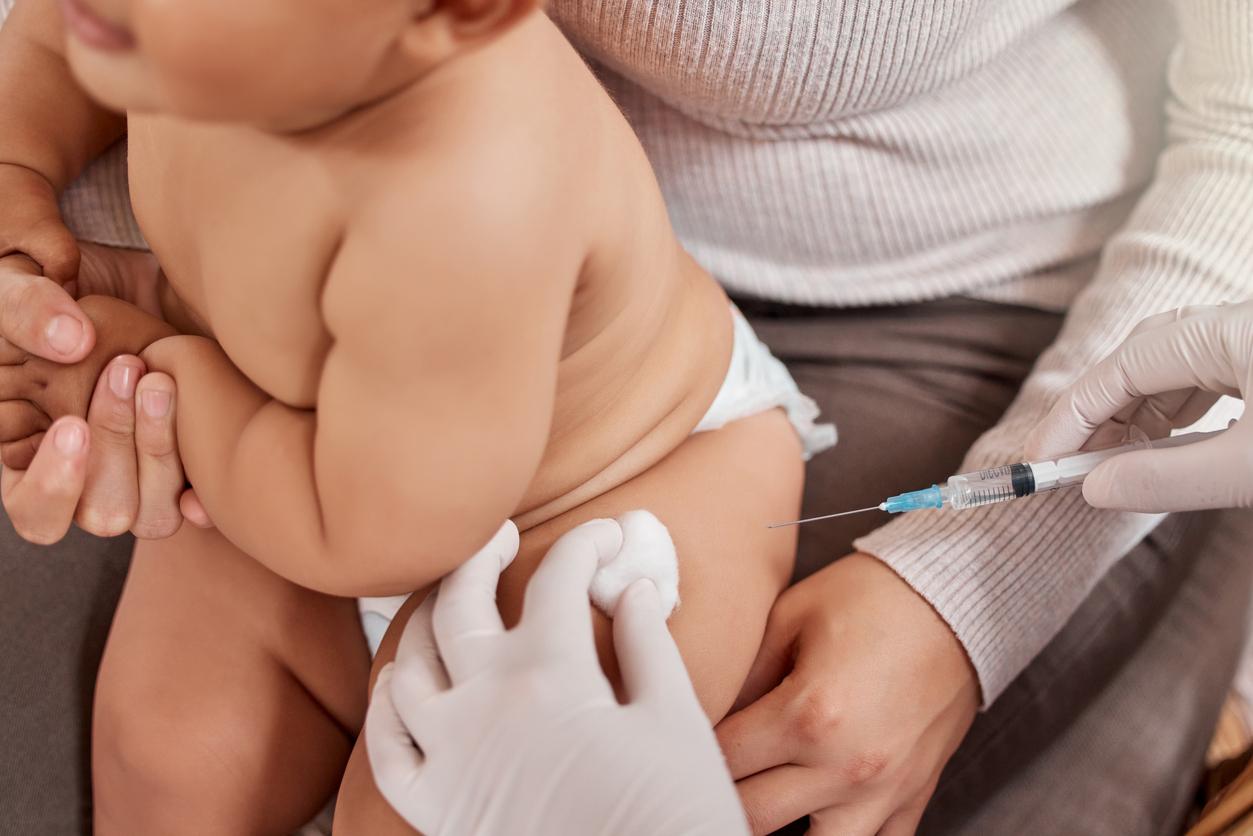Prevent the risk of overweight
In toddlers, do not diversify the diet early and avoid infant formulas that are too rich in protein.
Avoid temptations like chocolate buns, industrial cakes or too much food in the fridge.
Be sure to prepare balanced menus that induce a feeling of fullness, including starchy foods at each meal.
Also change the harmful eating habits which consist of having too heavy a hand on the salt shaker, fat, sugar and prefer vegetables and fruits to ready-made foods (cookies, sweets, prepared meals …).
Do not get your children used to sugary drinks such as sodas, cola … Excessive consumption of sugary drinks is more and more often incriminated in childhood obesity according to American nutritionists.
Come on, let’s get moving!
Many studies have shown the importance of physical activity in preventing overweight. So much so that the recommended nutritional intakes are currently calculated according to the level of physical activity from the age of two years, and no longer as before according to age and sex. In other words, promote as much as possible the opportunities for your child to move: going to school on foot, offering him or her to practice one or more sports, outdoor games. And above all, limit the time of passive activity such as watching a TV or computer screen … Studies have shown that childhood obesity is proportional to the number of hours spent in front of the television screen. However, the major problem with these interventions, which concern children, parents and teachers alike, is to manage to maintain them over the long term.
Calculate my child’s body mass index
The importance of the food log
It is particularly important to see your doctor or pediatrician regularly so that he can follow your child’s body shape. The normal evolution of this curve shows the increase in fat mass in the first year of life, it then decreases until the age of 6 (age when children are the thinnest) and then goes up again: c This is called the fat rebound. A too early rebound, around 3 years old, would translate a high risk of becoming obese.
If the curve shows that your child is overweight, your doctor will do a dietary survey which will be coupled with an estimate of physical activity. He will give you a food diary where you can write down everything he eats. This will make it possible to highlight an excessive food ration and see what corresponds to moments of boredom, gluttony … The medical examination may possibly detect abnormalities, in particular endocrine, which may be responsible for weight gain.
It is only from this data specific to each child that it will be possible to establish nutritional recommendations.
No prohibitions but limits
The first recommendations for overweight children are based more on limiting prohibited foods than on banning them. In addition, it should not be forgotten that your child is growing, that he needs a balanced diet and that a too restrictive diet, assuming that it is well followed, is not necessarily in phase with the needs. of growth. The goal is certainly to lose the few pounds needed, but above all to help your child stabilize his weight and grow without gaining too much.
Note that the risks of persistent overweight or childhood obesity vary from puberty: this risk is 20 to 50% if obesity occurs before puberty, it is 50 to 70% after puberty.


















